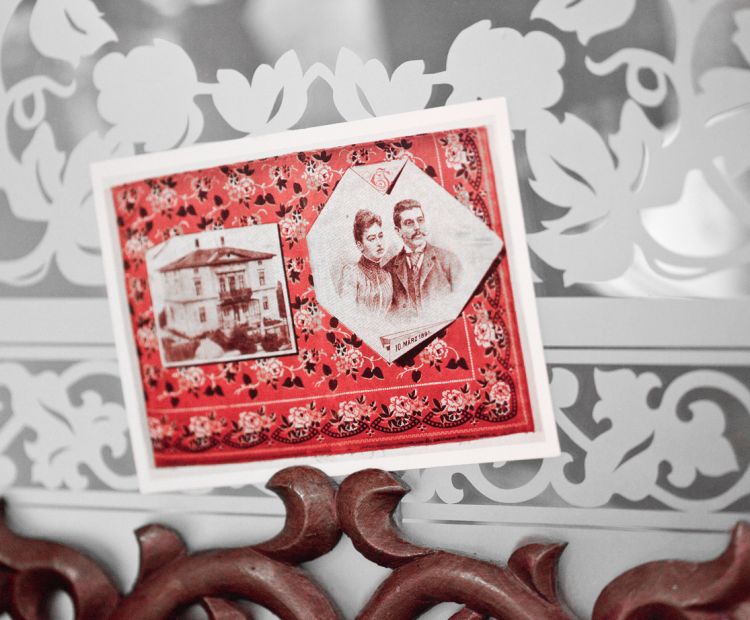Hanno Loewy has been managing the Jewish Museum in Hohenems since 2004 already. A town on the border – in many regards, according to the native of Frankfurt with Jewish roots. He feels at home in Hohenems. The mission of turning the museum in a small town into an institution with global attraction captivates him, makes demands on his creativity and his expertise. Hohenems offers him fertile ground for this goal, the atmosphere of constructive debate amongst the inhabitants of Hohenems is proverbial, and at the same time there is a strong pragmatism which, in turn, provides for productive solutions. The lively intellectual discourse, whilst maybe not exactly provoked by Hanno Loewy himself, certainly bears his mark.



Creating urban zones
“Again and again, the whole of Vorarlberg is an ambiguous borderland which runs through history like a recurrent theme, and these characteristics intensify further in Hohenems, creating many good things,” says the Museum Director. “The discussions are frequently arduous, but I am confident that the new concepts which are currently being drawn up will result in an urban space.” Presenting the historic building stock in a good light, accentuating it by means of modern design, reducing the amount of traffic in the town, creating spaces where people can enjoy themselves – all of these things bring back quality of life to a place. Marktstraße and the entire Jewish quarter have a great deal of potential in this respect.”
Drawing people out of their shells
Visitors to the museum report that Hohenems has a great deal to offer: naturally, this is reflected in the high visitor numbers and in the fact that the museum has become the centre for Jewish culture from Zurich to Munich. Visitors regularly travel up to two hours to attend exhibition openings. The exhibitions on offer break down the borders of the standard exhibition formats, guided tours of the town are available, such as to the old cemetery or along the green border on the trail of Paul Grüninger, a Swiss policeman who helped numerous refugees, as far as the bridge where so many fates were sealed. “We are delighted that even people who are not even particularly interested in culture come along, attracted simply by the unusual titles of our exhibitions. This has a great power of attraction. The next exhibition is called ‘The first Europeans -the Habsburgers and other Jews’. This surprises people and this draws them out of their shells. Great conversations ensue. People’s curiosity is awakened. The history of the Jews in Hohenems and in Austria itself is hard to comprehend – on the one hand it is something you want to identify with. On the other hand, you know that this history is something that doesn’t really belong to you. That is the ambiguity I was talking about,” says Hanno Loewy. “Naturally, it can go in any direction – openness and tolerance are as prevalent as xenophobia, at all times, sometimes even in the same person.”



Being successfully bold
Hanno Loewy has long since learned how to deal with it – it feeds his own argumentative nature. “People here appreciate ambiguities, that’s why I like the place so much,” he says with a grin. “We go unusual ways, we do things which aren’t possible in other Jewish museums, we are actually quite bold – but bold in a successful way. And it is my experience that, here, this boldness is even shared at political level.”
Sharing the good with the world
One of the main tasks of the small yet significant institution within the Jewish Diaspora will be to take good care of the new generation. For instance Uri Tänzer, the grandson of Aron Tänzer, is flying in from New Jersey for the opening of a new exhibition. Indeed, contacts are intensifying rather than fading. The history doesn’t change, but its representatives do – they need a place they can identify with, a place of belonging. It is a good thing there is this place in Hohenems. It is also good that, in the face of such a past, the town is also in the position to enable good things to grow in the present. “Our work here is now widely accepted, and this is beneficial for the town of Hohenems and indeed for the whole state itself,” reports the dynamic Director. “It is hard to imagine the place without us now.”

